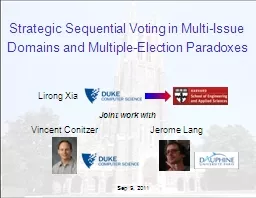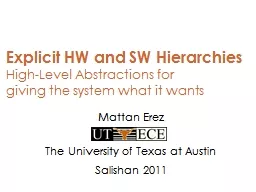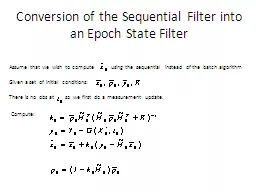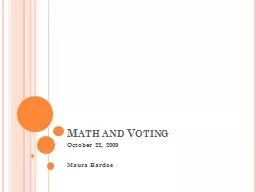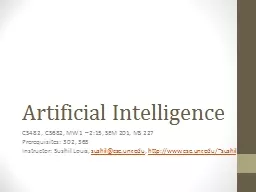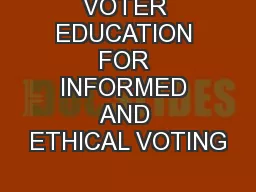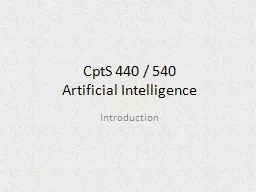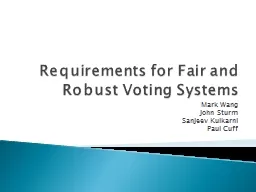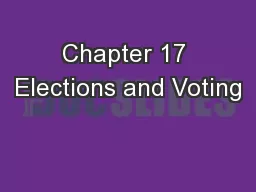PPT-Strategic Sequential Voting in Multi-Issue Domains and Mult
Author : debby-jeon | Published Date : 2016-05-13
Lirong Xia Joint work with Vincent Conitzer Jerome Lang Sep 9 2011 Computational voting theory IMHO General combinatorial voting computational perspective Strategic
Presentation Embed Code
Download Presentation
Download Presentation The PPT/PDF document "Strategic Sequential Voting in Multi-Iss..." is the property of its rightful owner. Permission is granted to download and print the materials on this website for personal, non-commercial use only, and to display it on your personal computer provided you do not modify the materials and that you retain all copyright notices contained in the materials. By downloading content from our website, you accept the terms of this agreement.
Strategic Sequential Voting in Multi-Issue Domains and Mult: Transcript
Download Rules Of Document
"Strategic Sequential Voting in Multi-Issue Domains and Mult"The content belongs to its owner. You may download and print it for personal use, without modification, and keep all copyright notices. By downloading, you agree to these terms.
Related Documents

